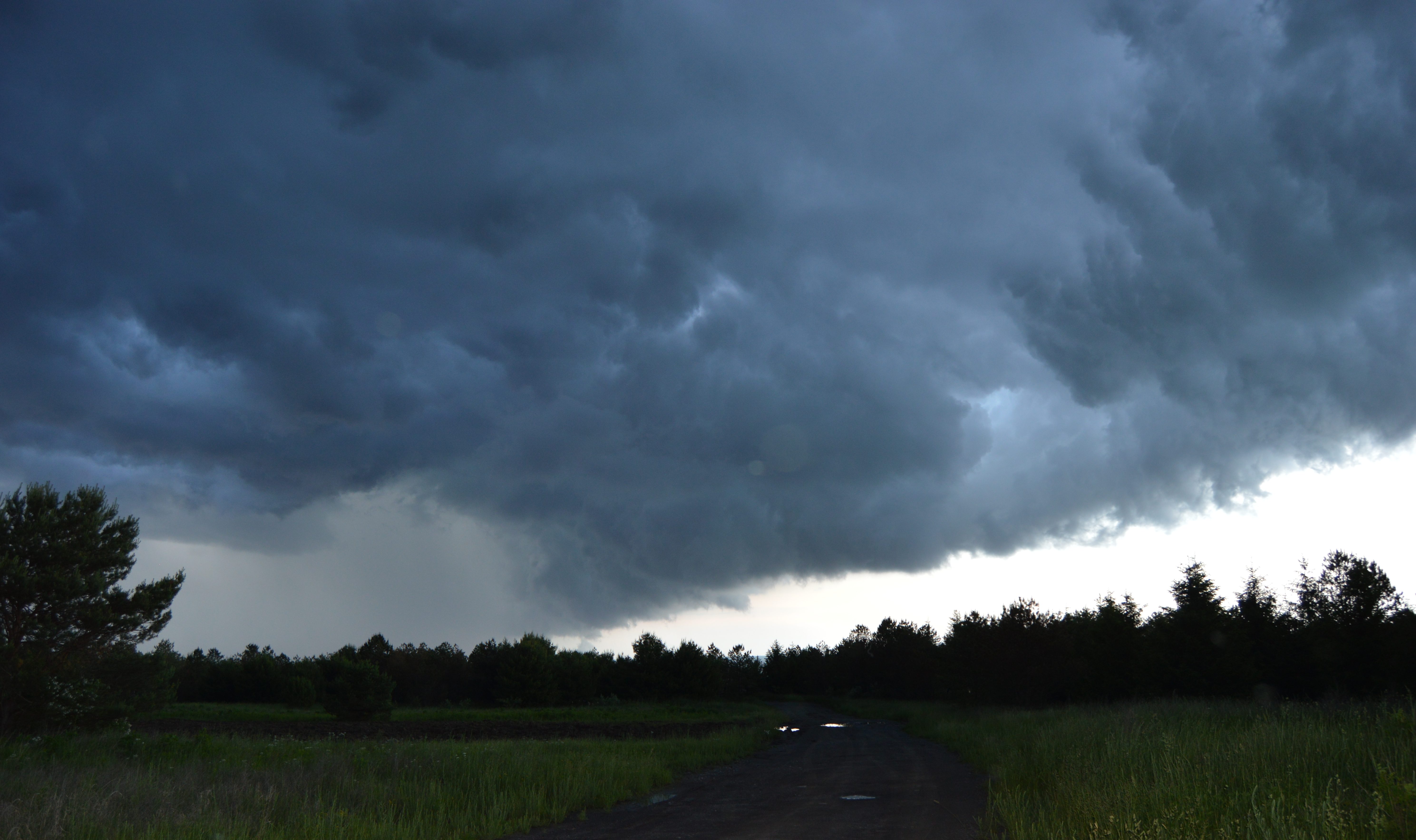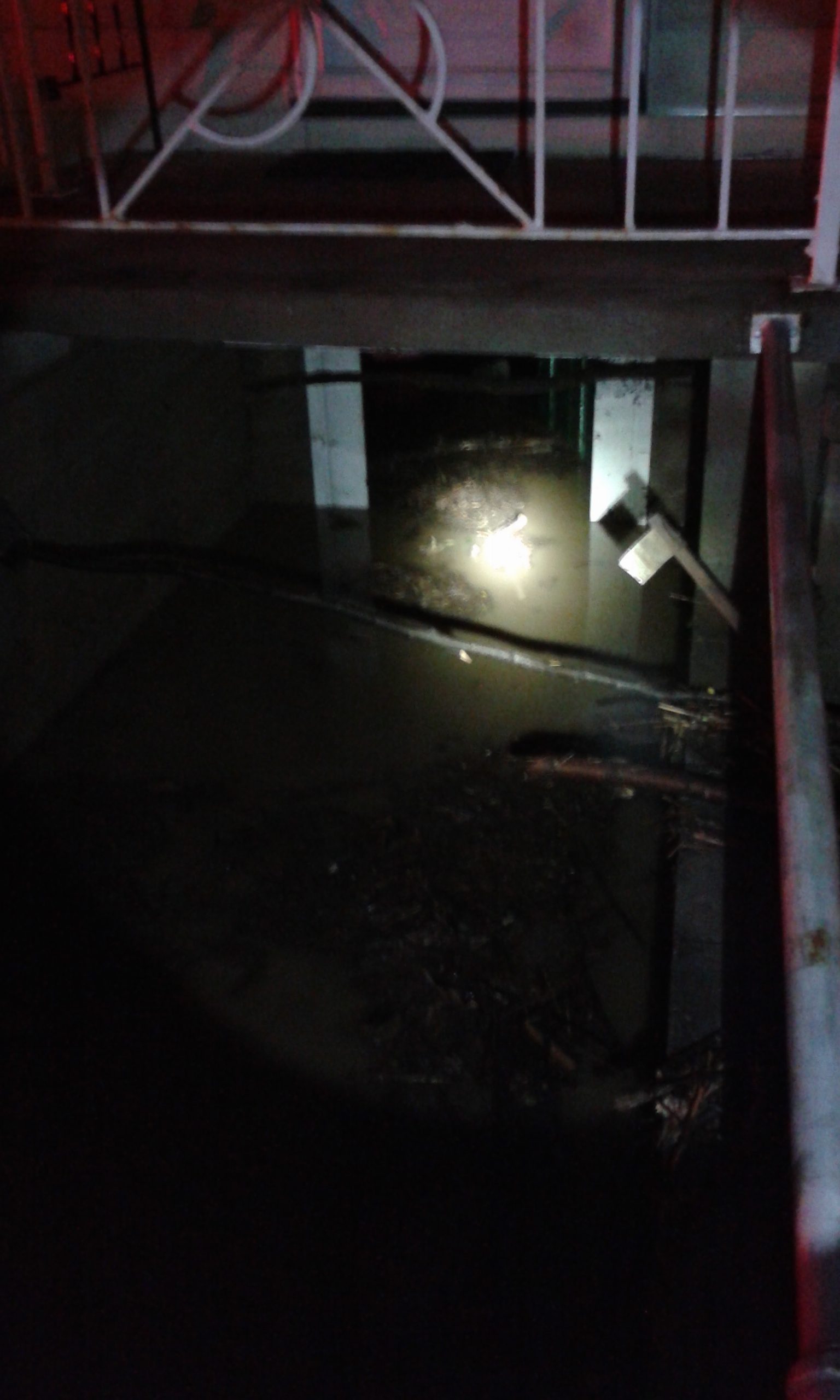CLEARFIELD – Being three for three when it comes to floods isn’t exactly a stellar track record.
As both a reporter and firefighter, I’ve seen my share of emergencies. I got soaked to the skin covering the flooding in DuBois in July of 2013, I responded with Clearfield’s Swift Water Rescue team to Ridgway in May of 2014, and last week, I was on the front lines for flooding right in my own back yard.
In our little corner of central Pennsylvania, we’re very fortunate. We don’t see a lot of really extreme emergencies.
We get the occasional “block burner” structure fires, we get snow-mageddon winters, but we rarely see the tornados of Kansas, Texas and Oklahoma, the 100,000-acre wildfires of California or the hurricanes of the coastal regions.
Last Thursday, Clearfield was hit by a stationary storm that pummeled the area with nearly 6 inches of rain in a few hours.
When I came home from work that night, I was hoping for a relaxing evening. I was to leave for a three-day wildfire training camp Friday morning, so an early bedtime was definitely on the agenda.
The weather was beautiful. I replanted a rose bush in my front yard, had a nice dinner, and was going outside to pen up my flock of chickens, but something about the sky caught my attention. It had an ominous, prescient look, prompting me to drive up the road a few miles to a field to snap a picture.

Intense spring storms aren’t unusual in this area. The sky unleashes a torrent, then the sun comes out and life goes on. Except this torrent soon turned into a deluge, then a cataclysm; it just wouldn’t quit.
Any time the fire whistle goes off, you have to weigh the risks of responding against who and what you’re trying to save. I knew it was dangerous.
I knew at least one of the main roads leading from my house into Clearfield was rapidly flooding and would soon be closed. I also knew my brother and sister firefighters were stuck in the middle of this mess. They were calling for boats, and they were calling for more and more manpower. I had to go.
The main roads may be closed, but growing up in this area, I knew every backroad, side road, dirt road and deer trail this side of the Susquehanna. It may take a little longer, but I was pretty sure I could make it.
I had seen flooding before, but it’s different when it’s your friends and family. I called my sister who was at her home with my mother and 18-month-old nephew in the center of the flooding. They were safe and I had a job to do.
A command center had been set up at the fire department. The boat teams were deployed to help evacuate residents from areas being walloped by the floodwater. Several crews were being sent out to keep vehicles off the flooded roadways.
I ended up directing traffic away from “Lake Nichols Street,” an area where a three-foot pool had formed in a low portion of the street, even after the water had started to recede. I stood in a reflective jacket and rain boots, waiving a flare at drivers, trying to keep them away and turn them back. I was drenched in a matter of seconds.
In emergency situations, you encounter three types of people. The first being people who are just trying to get from point A to point B. Those people are usually content with a few words of comfort and some direction regarding where to go and what to do.
The second are people who want to help. They’re the people who take the time to bring us a bottle of water or a cookie to snack on. They do what they can and we appreciate their help.
The third are the “rubber-neckers.” They just want to see the “action.” At best, they’re simply in the way. At worst, they are putting themselves and the emergency responders at risk, particularly when they refuse to follow instructions and argue with the firefighters who are only trying to keep them safe.
As things were beginning to calm down, the emergency crews shifted their response to assisting the residents by pumping out basements. The street department had been working hard to clear the storm drains and the water level was dropping My crew arrived at the first house on the list, but the homeowner informed us that the water had receded.
We moved on to the next house shortly before midnight. I followed the homeowner around to the rear basement door, my sodden boots squishing mud with each stride.
I scarcely had time to shine my flashlight through the doorway when we were called for an explosion on Front Street. When you get a call like that, you forget that you’ve been out in the slop for hours. You forget being cold and wet, you just grab your gear, jump on the rig and roll.
With so many firefighters already in town, it was probably one of our quickest responses. We had dozens of firefighters on scene within a few minutes and did our job.
After the crisis was over and the injured rushed to hospitals, we still had more work to do. Dozens of people still needed our help. The crews grabbed some water, a quick snack or two and went back out.

There’s always a bit of competition among fire companies, but when disaster happens, it doesn’t matter what number is on the back of your turnout coat. It doesn’t matter what side of the mountain you call home. If the call comes in, they will be there.
The fire departments, the police departments and the street crews all came together to help those who needed us. Many of the men and women who were out until 3 a.m. or 4 a.m. pulled off their bunker gear, grabbed a shower and a cup of coffee and punched the time clock the very next morning.
We may have been exhausted, but we knew there was a town full of people who were glad we were there.


